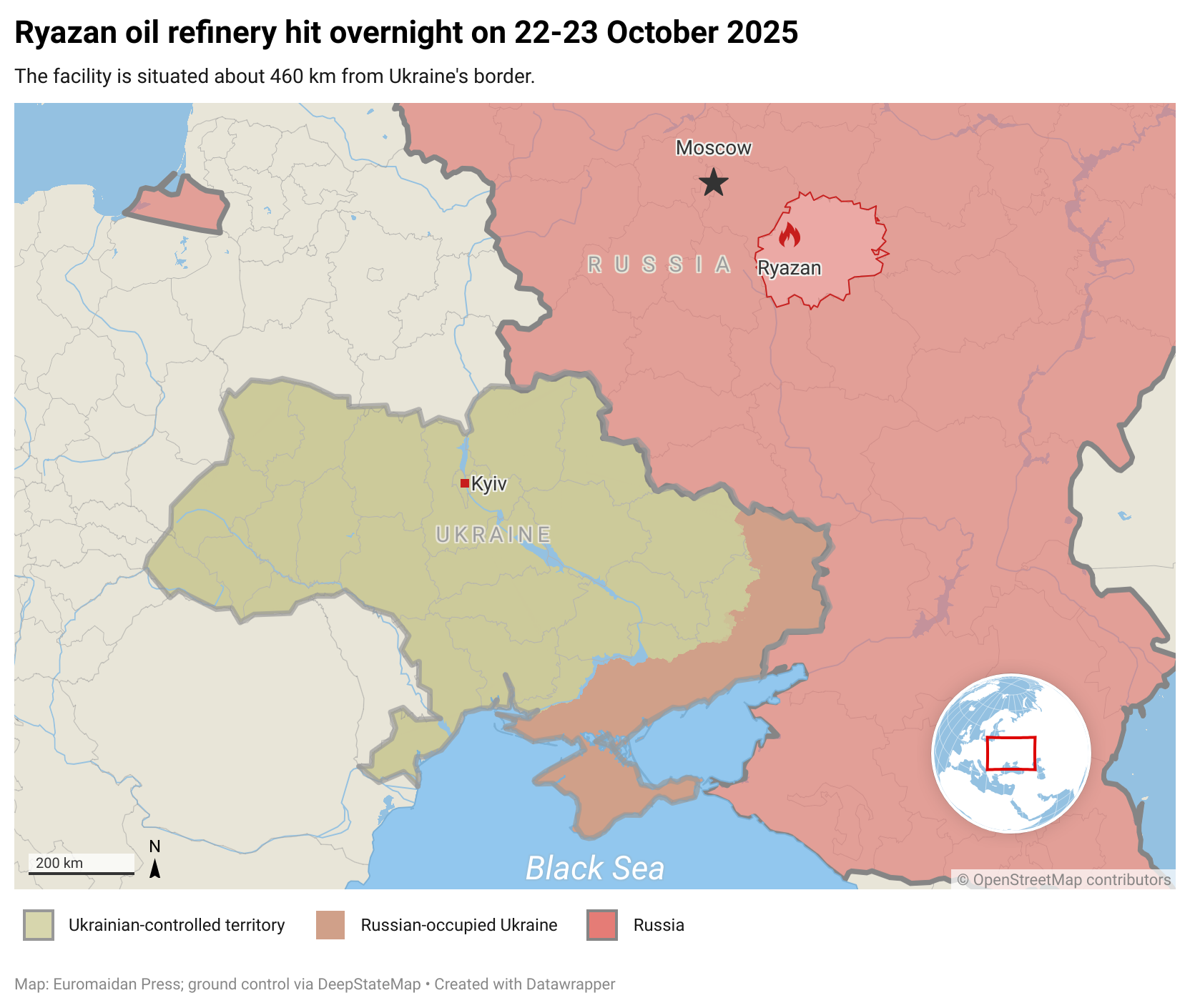Ukraine strikes Orsk oil refinery 1,400 km inside Russia in one of the war’s deepest attacks

A major fire broke out at the Orsk oil refinery in Russia’s Orenburg region after a reported drone strike overnight, more than 1,400 kilometers from the front line in Ukraine. The Ukrainian army confirmed that the facility was hit as part of efforts to disrupt Russia’s fuel supply for its army.
The strike marks one of Ukraine’s deepest attacks inside Russian territory, targeting energy infrastructure vital to Moscow’s war effort. Ukraine has intensified its drone campaign against refineries and fuel depots that supply Russia’s military and underpin its oil exports - a key source of revenue for the Kremlin. Kyiv says such strikes are meant to disrupt logistics, reduce Russia’s offensive potential, and pressure Moscow to end its invasion.
According to the General Staff, Ukrainian Defense Forces struck facilities at the Orsknefteorgsintez refinery in Orenburg Oblast on 11 November.

The refinery reportedly produces over 30 types of petroleum products, including gasoline, diesel, jet fuel, and lubricants, with an annual capacity of 6.6 million tons. It is involved in supplying Russia’s occupation forces, the statement said.
Explosions and a fire were recorded at the site, and one of the refinery’s primary oil distillation units was reportedly damaged.
The strike on Orsk followed confirmed hits on another refinery in Russia’s Saratov region earlier the same night.
Fire reported at the Orsk oil refinery in Russia
— Euromaidan Press (@EuromaidanPress) November 11, 2025
Reports claim it was caused by a drone attack. The facility is located in Orenburg Oblast next to Kazakhstan, more than 1400 km from the war zone in Ukraine.Exilenova+ pic.twitter.com/bQvgfX04sy
Read also
-
Analysis of two months of deep strikes explains what Ukraine really targets at Russian oil refineries
-
Two refineries, one night: Ukraine hits Russian oil facilities in Saratov and Nizhny Novgorod oblasts
-
“Bringing Russia back to reality”: Ukraine strikes Russian oil refineries almost every day – Zelenskyy
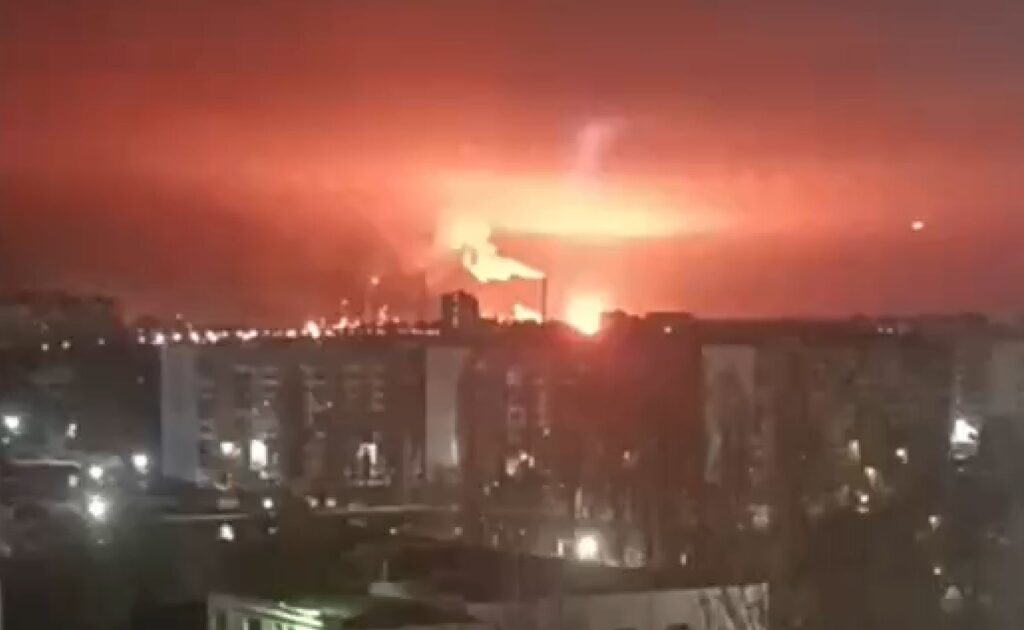

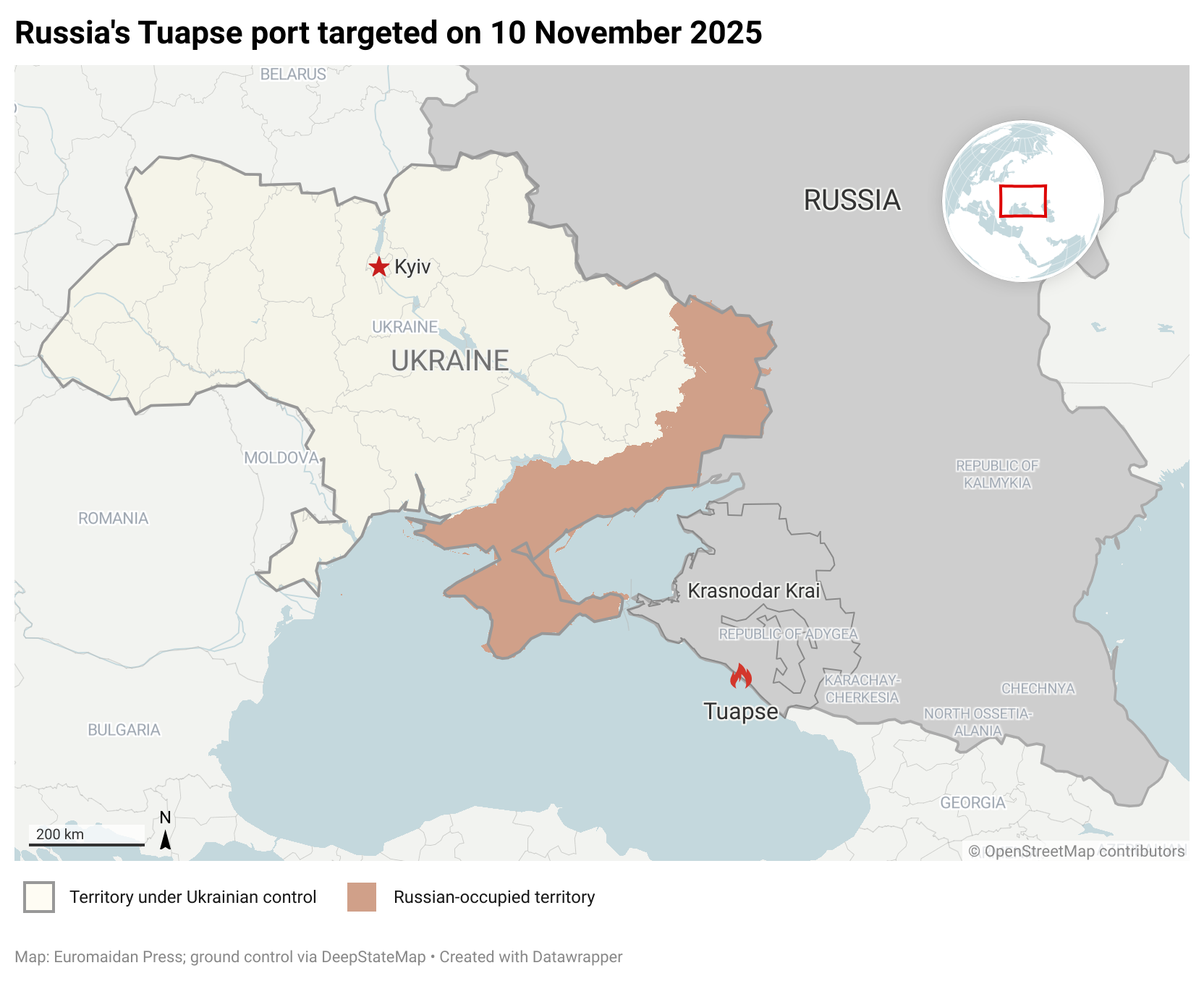
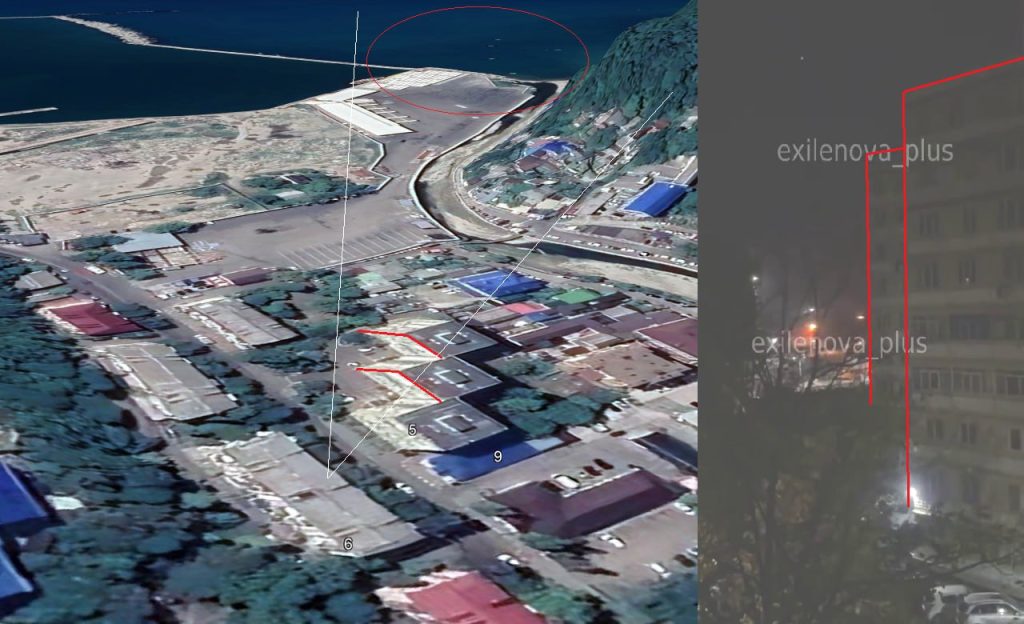

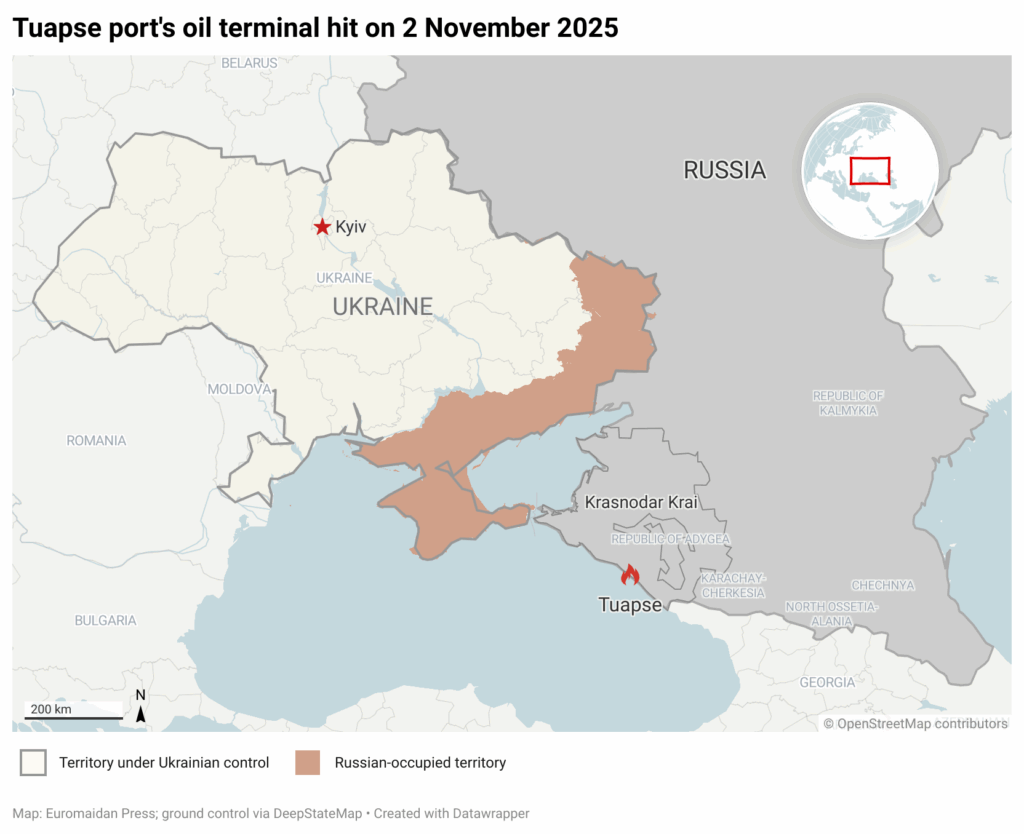
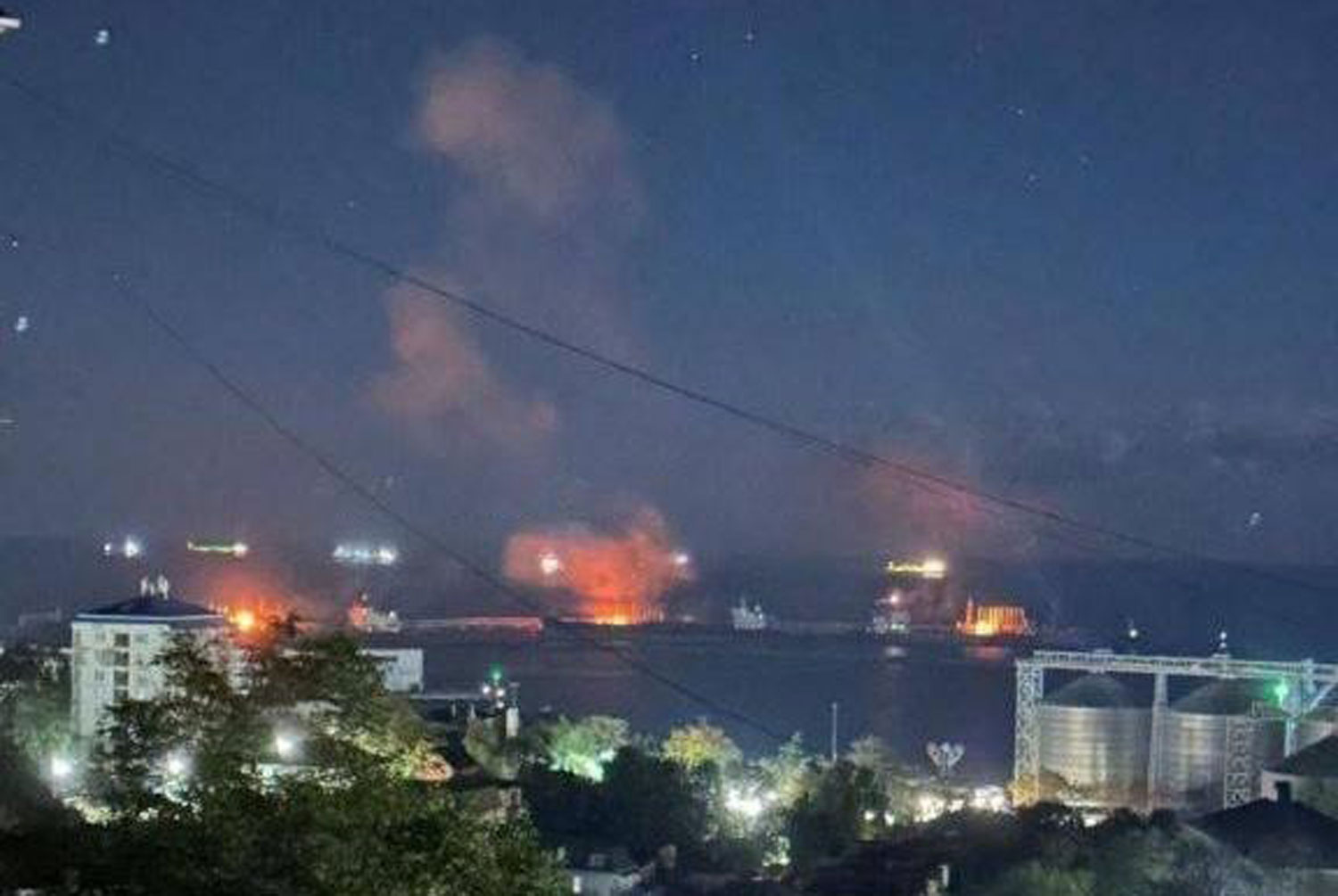
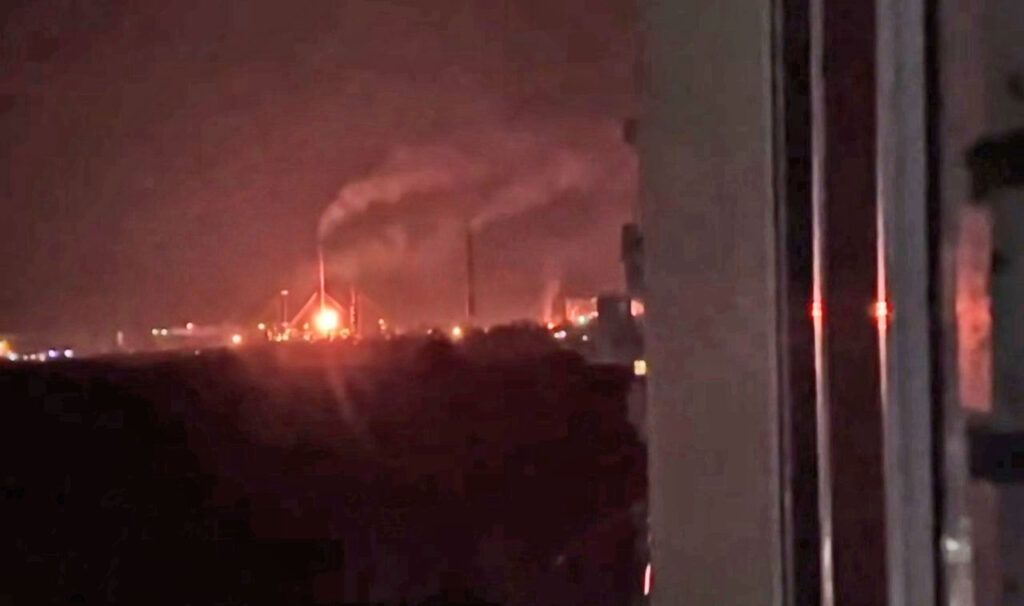





 Exilenova+
Exilenova+ 

